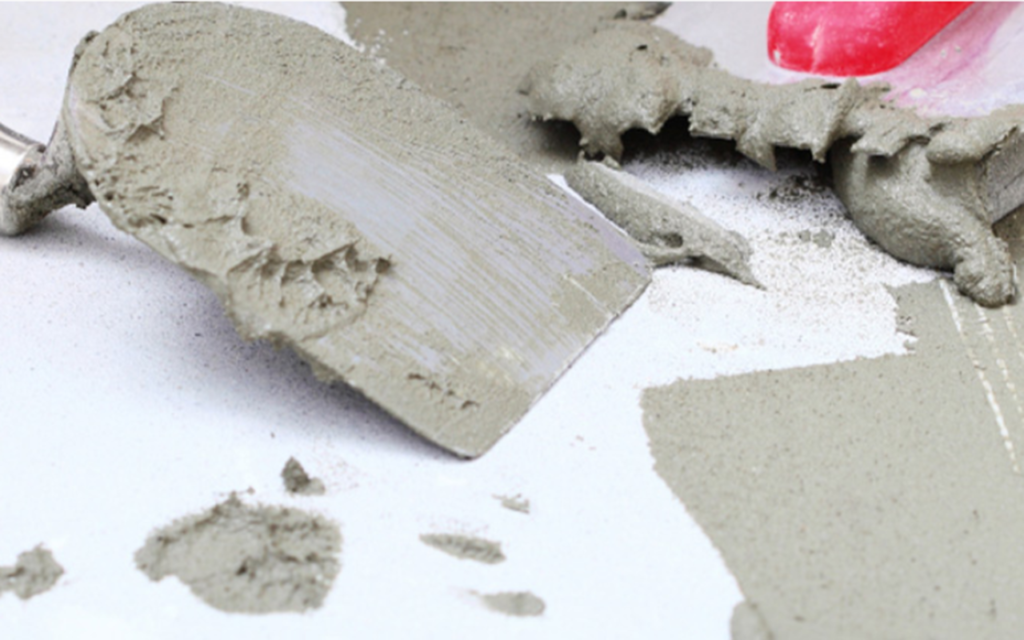In recent years, the scope of gypsum application in construction projects has become broader, and the amount of use is increasing. Gypsum-based has become the main product of dry-mixed mortar. For example, as an interior wall plastering material, plaster has the functions of lightweight, fire prevention, sound insulation, heat preservation, and sound absorption, and it is the preferred material to replace traditional plastering mortar . Gypsum building materials such as paper-faced gypsum board, gypsum block, gypsum caulk, gypsum lath, self-leveling gypsum, and gypsum board adhesive have been widely used in the construction industry.
Commonly used gypsum retarders are based on metamorphic protein, citrate, tartrate, and potassium hydrogen phosphate. Although these retarders can effectively prolong the available time of gypsum products, they will also affect the later strength of gypsum products.

Gypsum retarders can be added to gypsum products in any form. Due to the differences in the characteristics of gypsum in various places, it will have a particular impact on the setting time of the product. Therefore, the specific amount of addition must be determined through experiments. However, they are limited in use due to the high price of high-quality gypsum retarder products.
The gypsum retarder should be stored in a ventilated and dry place to avoid moisture and agglomeration. If it is opened, it should be sealed and stored immediately after use.
Calcium formate
This is a new type of low-temperature early coagulant with a molecular formula of C₂H₂O₄Ca. It is white or yellowish flowable powder. In dry-mixed mortar products, calcium formate is mainly used in tile adhesives, cement-based plastering mortars, repair mortars, and waterproof mortars. To improve the early strength, high-alumina cement is usually added to the mortar as a coagulant, and antifreeze is also required to prevent freezing in low-temperature environments. Calcium formate has dual functions, which can not only accelerate the hardening speed of cement and improve the early strength but also avoid the problem of too slow setting speed in winter construction or under low temperature and humidity conditions so that cement products can be put into use with high strength as soon as possible. Calcium formate is especially suitable for cement. The contribution of early strength is more significant.

In summer, calcium formate is usually 3%-0.7% of the cement mass, but in winter, it should be increased with the decrease in temperature, and the dosage is about 0.5%~1.0%. It should avoid adding too much Calcium formate; otherwise, it will lead to cracking.
Since Portland cement is often used in dry mix mortar, it is characterized by low early and later high strength. Adding an appropriate amount of calcium formate to the product is very beneficial to enhance its earlier strength.
As a coagulant, calcium formate cannot be used alone as an antifreeze in winter. Only the combination of calcium formate and antifreeze can achieve a good antifreeze effect and improve the early strength simultaneously.
Starch ether
Starch ether is one of the essential additives in dry-mixed mortar. Due to the lack of a deep understanding of starch ether, construction workers must pay more attention to its importance. The primary raw material for producing starch ether is potato starch, which is abundant in nature. Introducing non-ionic bonds into the polysaccharide chain of starch can maintain a stable state and melt quickly in a strong base system. In addition, adjusting the molecular weight of starch can obtain unique thixotropic properties.
Main features
(1) Starch ether is usually used with methyl cellulose ether, showing an excellent synergistic effect. Adding an appropriate amount of starch ether to methyl cellulose ether can significantly improve the mortar’s sag and slip resistance, with a high yield value.
In the mortar containing methyl cellulose ether, adding an appropriate amount of starch ether can significantly increase the consistency of the mortar, improve the fluidity, and make the construction smoother and the scraping smoother.

(2) Adding an appropriate amount of starch ether to the mortar containing methyl cellulose ether can increase the water retention of the mortar and prolong the available time.
(3) Starch ether is chemically modified which can soluble in water, compatible with other additives in dry-mixed mortar, widely used in tile adhesives, repair mortar, plaster, interior and exterior wall putty, gypsum-based caulking and filling materials, interface agents, masonry mortars, but also suitable for cement-based or gypsum-based manual or spraying construction, plastering mortars, bonding mortars and plastering mortars for external thermal insulation systems.
Dosage:
Recommended dosage: 0.03%~0.05%.



